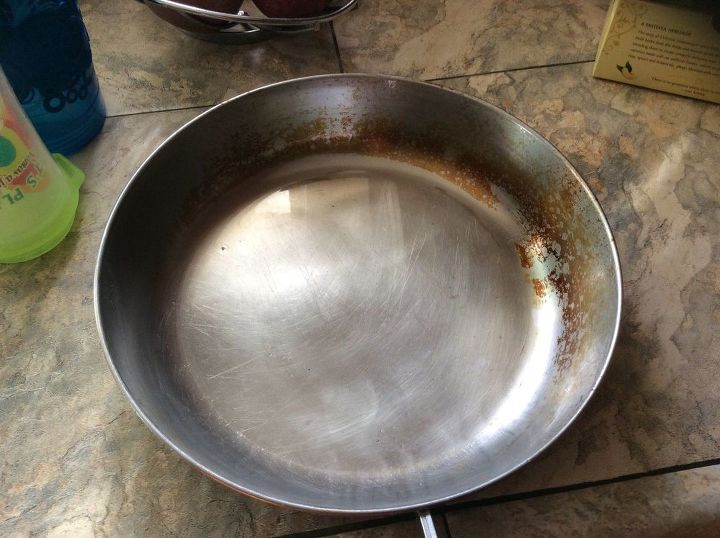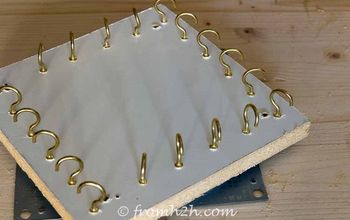How do I remove shellac based primer from hardwood floor?
After painting our knotty pine wall we discovered after pulling off the painters tape that some of the shellac based primer seeped under the tape & onto our newly refinished DARK WALNUT hardwood floor!😣 Is there ANY WAY to remove it or are we screwed???
Related Discussions
How to clean a mirror without streaks?
Every time I clean my mirrors, they end up having tons of streaks and almost look worse than before I started. What could I use to clean them that won't leave streaks... See more
How to clean burns on stainless steel pans?
Help! I burned my pan. How do I clean stainless steel cookware that's been burned?
How to clean shower doors
How to clean glass shower doors
How to clean hardwood floors in the kitchen?
What is the best way to clean hardwood floors in the kitchen?
How to clean my kitchen cabinets from grease?
My kitchen cabinets are embarrassingly greasy. Please share your degreasing tips with me so I don't have to cringe every time I glance at my cabinets.
How do I remove ink from wall and laminate floor??
Apparently my nephew busted a green ink pen and managed to get it on my walls which are painted with a semi gloss interior paint and my laminate flooring. I have trie... See more
How do you remove a body fluid stain from hardwood floor?
How do you remove Body stain from hardwood floor? This may be a morbid request, but mother passed in her living room and we are left with a body fluid stain on the h... See more


Here's a thread where someone had the same issue. It seems like alcohol and ammonia may solve your problem: https://www.houzz.com/discussions/2589497/help-removing-bin-primer
You can try using Goof Off.
Denatured alcohol removes. Shellac.
Here is a link that explains how to do it.
https://homeguides.sfgate.com/removing-shellac-wood-floors-93411.html
The only shellac based primer I'm familiar with is B-I-N, which comes in white and clear. I'm gonna guess that you used the white, because you painted the knotty pine an off white or pastel shade. If this is the case, I recommend scrapping as much of it as possible with a narrow, sharp scraper or chisel, held upside down, that is with the bevel facing away from you, then hand sanding with 100 grit sandpaper. If the work is across the grain, use 150 grit. Following that, if the walnut is stained, carefully restain the scrapped parts using a rag, not a brush. You may have to do this more than once, but better that than over-darkening the worked areas. Let the stain dry for 24 hours, then revarnish or whatever you used to seal the floor, such as polyurethane, or tung oil.
I'm 71, have been a woodworker/ cabinetmaker all my adult life. My answer is based on a lifetime of experience.
Lila, good luck! Having re-read your info, I noticed you said "wall" so I'm hoping it's only one wall and not an entire room of 3 or 4 walls. What is important tho, is whether the flooring grain runs long ways, with the grain running the same direction as the wall, or abutts the wall with end grain. You should in every case try to scrape in the direction of the grain in the walnut. If the boards abutt the wall, this will mean short scrapping strokes, going just a bit past the line of the shellac bleed. If the wall and floor boards run in the same direction, you can make longer scraping strokes, as you will be working in the same direction as the grain in the walnut.
In either case, keeping the shellac dry is paramount, because altho shellac is denatured alcohol based, I can promise you it will bleed into the flooring if you try to remove it with any solvent, regardless of its formulation. Keep it dry. It may seem tedious, but you will be much more satisfied with the end result. Just try to focus on an ancient Chinese proverb: You eat an elephant one bite at a time.